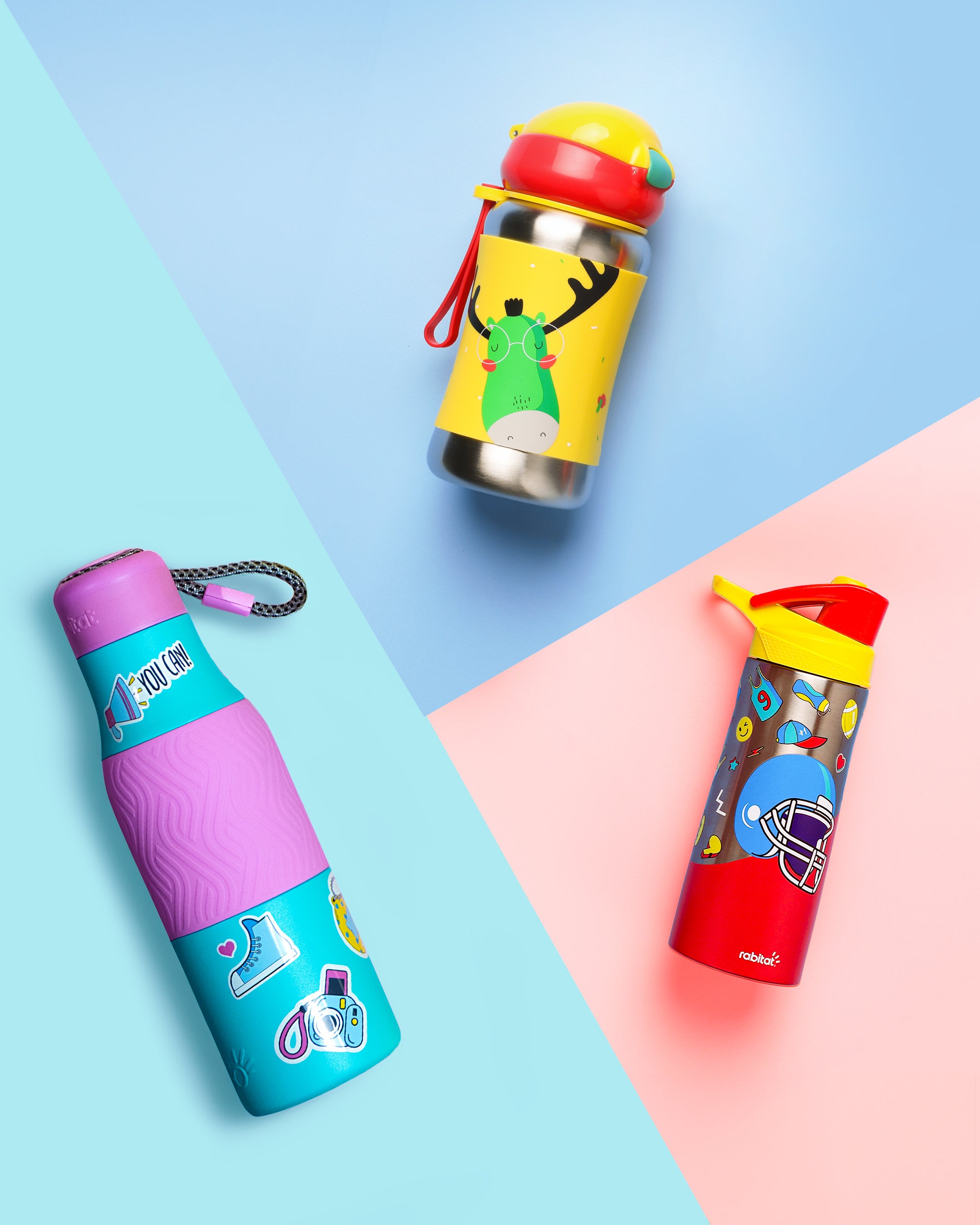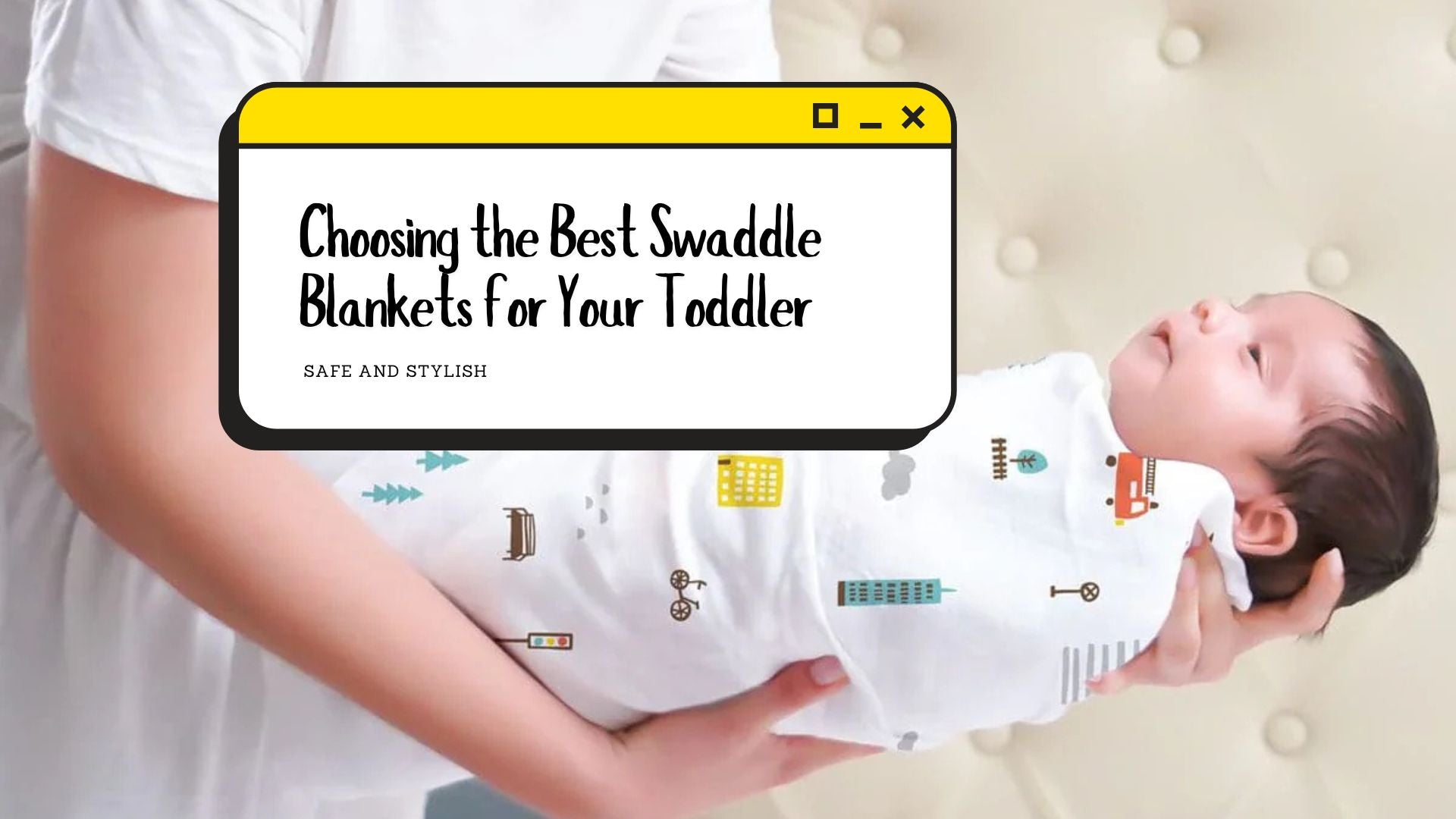What exactly is Swaddling?
Swaddling is the age-old practice of snugly wrapping a baby in a blanket or cloth. The goal is to create a warm, secure environment that mimics the feeling of being in the womb. When you swaddle your baby correctly, it can help them feel calm and sleep more soundly.
What are some key Swaddle Benefits?
- Better sleep: Swaddling can help your baby sleep longer and more deeply by reducing startling reflexes that often wake them up.
- Calmer babies: The snug feeling of a swaddle can comfort and soothe a fussy baby, making them feel secure and protected.
- Reduced Moro reflex: The Moro reflex, or startle reflex, is a natural response in newborns that can cause them to wake up suddenly. Swaddling helps keep their arms close to their body, reducing the likelihood of startling.
- Temperature regulation: A properly wrapped swaddle can help maintain your baby's body temperature, preventing them from getting too cold or too hot.
- Prevents scratches: Newborns don't have much control over their movements and may accidentally scratch their face with their nails. Swaddling keeps their arms securely tucked away, preventing accidental scratches.
If you're looking for a high-quality swaddle blanket, Rabitat's ultra-soft bamboo swaddles are designed to provide the perfect amount of comfort and security for your little one.
How do you safely Swaddle a baby?
Swaddling may seem intimidating at first, but with a little practice, you'll get the hang of it. Here's a step-by-step guide of swaddle techniques:
- Lay a square swaddle blanket flat on a safe surface, like a bed or floor, in a diamond shape.
- Fold the top corner down about 6 inches, creating a straight edge.
- Place your baby on their back with their head above the folded edge, keeping their neck and head uncovered.
- Straighten your baby's left arm and gently wrap the left side of the blanket over their body, tucking it under their back on the right side.
- Fold the bottom corner of the blanket up over your baby's feet, tucking it behind their shoulders.
- Straighten your baby's right arm and wrap the right side of the blanket over their body, tucking it under their back on the left side.
- Make sure the swaddle is snug but not too tight. You should be able to fit two to three fingers between the blanket and your baby's chest.
Rabitat's foolproof swaddle blankets are designed to make swaddling simple and stress-free.
What are some Safety Tips for Swaddling?
While swaddling is generally safe when done correctly, there are some important safety and parenting tips to keep in mind:
- Always place your swaddled baby on their back to sleep, never on their stomach or side.
- Make sure the swaddle isn't too tight around your baby's hips, as this can lead to hip dysplasia. The swaddle should be loose enough to allow your baby's legs to bend up and out at the hips.
- Avoid overheating by dressing your baby in light layers under the swaddle. The room should be at a comfortable temperature, and your baby shouldn't feel hot to the touch.
- Stop swaddling once your baby shows signs of rolling over, usually around 2-4 months old, to reduce the risk of suffocation.
- Never leave your baby unattended while swaddled, and always keep an eye on them during sleep.
What age is appropriate for Swaddling?
Swaddling is most beneficial for a newborn baby and young infants, typically up to 3-4 months old. However, every baby is different, and some may enjoy swaddling for a bit longer. You should look out for these signs that your baby is ready to transition out of the swaddle:
- Increased mobility and trying to roll over
- Consistently breaking free from the swaddle
- Showing signs of discomfort or fussiness when swaddled
When you notice these signs, start transitioning away from swaddling. You can begin by swaddling with one arm out for a few nights, then both arms out, before finally moving on to a sleep sack or wearable blanket.
What are some Swaddle alternatives?
If your baby doesn't seem to like being swaddled or you're looking for a transition option, consider these alternatives:
- Sleep sacks: These wearable blankets provide warmth and security without the restriction of a swaddle.
- Arms-up swaddles: Some babies prefer having their arms free, and these swaddles allow for that while still providing the snug feeling around the torso.
- Swaddle transition products: There are several products on the market designed to help babies transition from swaddling to sleeping freely.
Remember, every baby is unique, and what works for one may not work for another. Find what makes your little one comfortable and helps them sleep safely and soundly.
Conclusion
Swaddling is a tried-and-true technique that can help your baby feel secure, sleep better, and stay calm. Following the proper techniques and safety guidelines, you can make the most of this ancient practice and give your little one the best possible start in life.
If you're looking for high-quality, safe, and comfortable swaddle blankets, Rabitat's premium bamboo swaddles are designed with your baby's comfort and safety in mind, and they're sure to become a favorite in your home.
FAQs
Q: How tight should a swaddle be?
A: A swaddle should be snug but not tight. You should be able to fit two to three fingers between the blanket and your baby's chest, ensuring they can breathe comfortably.
Q: Can swaddling cause hip problems?
A: Improper swaddling that restricts leg movement can lead to hip dysplasia. Make sure the swaddle allows your baby's legs to bend up and out at the hips.
Q: When should I stop swaddling my baby?
A: Stop swaddling when your baby starts showing signs of rolling over, usually around 2-4 months old, to reduce the risk of suffocation.
Q: Can I swaddle my baby for naps?
A: Yes, you can swaddle your baby for naps if it helps them sleep better. Just make sure to follow safe swaddling practices and always place them on their back.
Q: What should I do if my baby doesn't like being swaddled?
A: If your baby resists swaddling, try these alternatives:
- Use a sleep sack or wearable blanket
- Try swaddling with arms out
- Consider a swaddle transition product

















